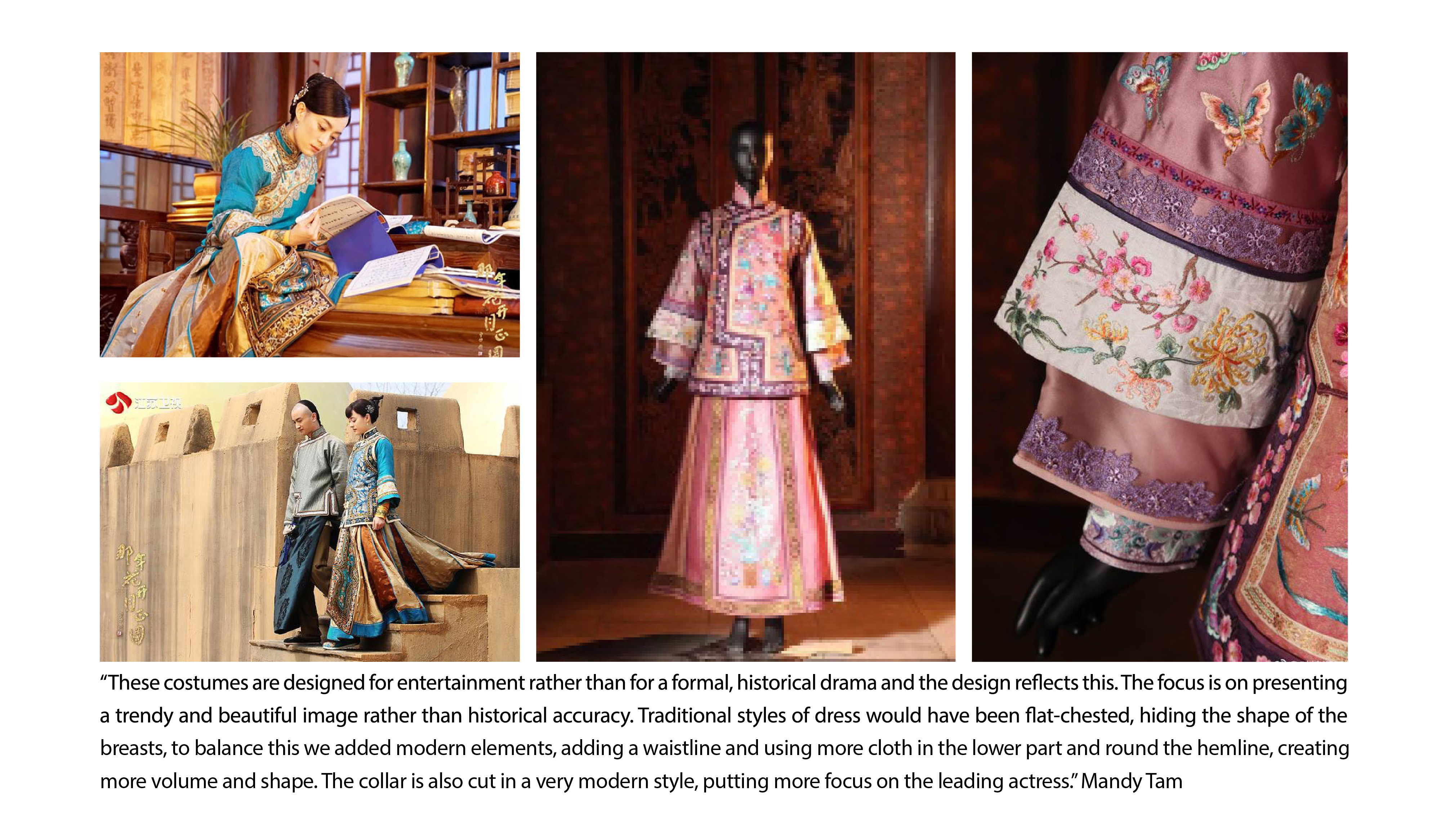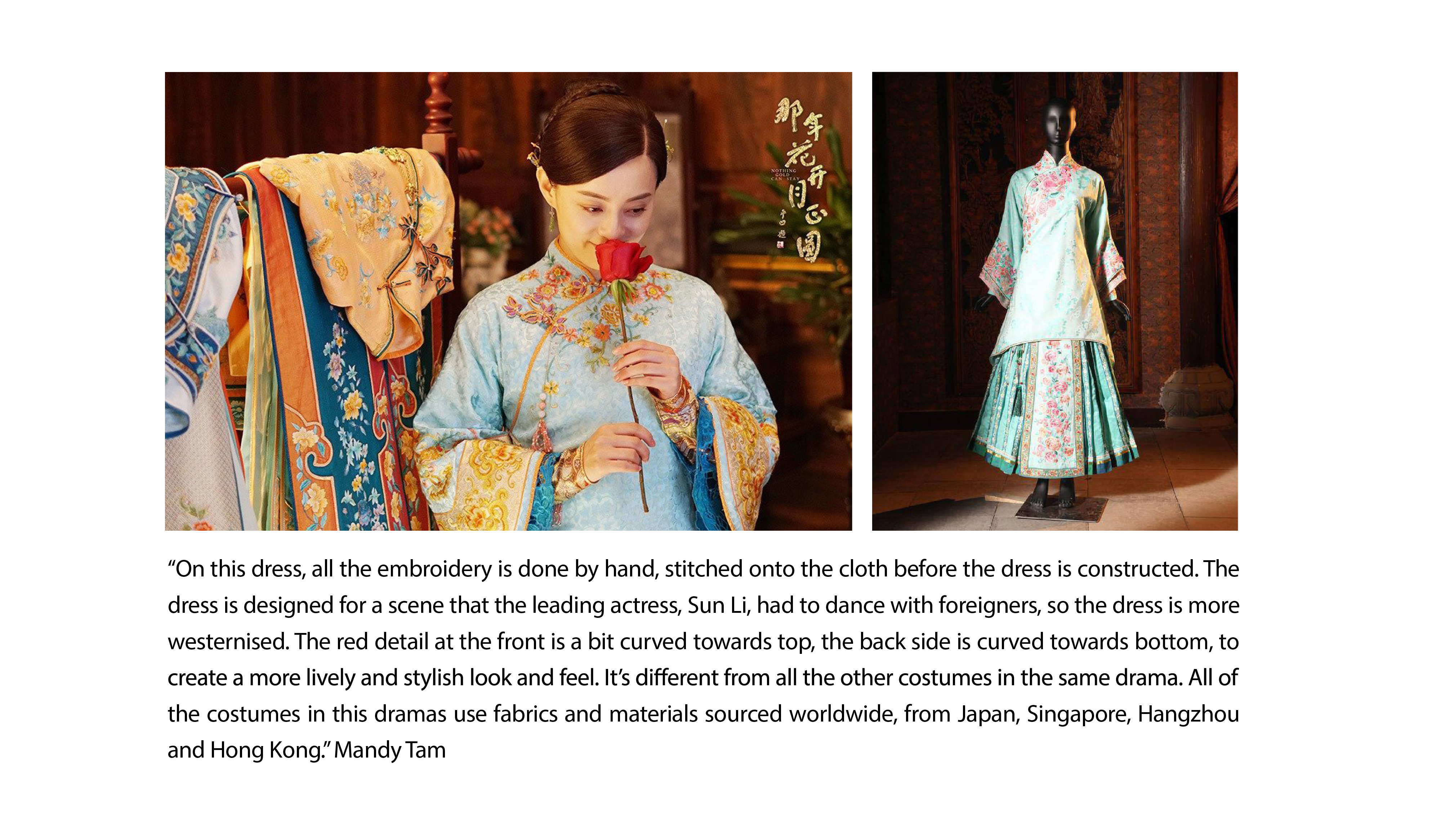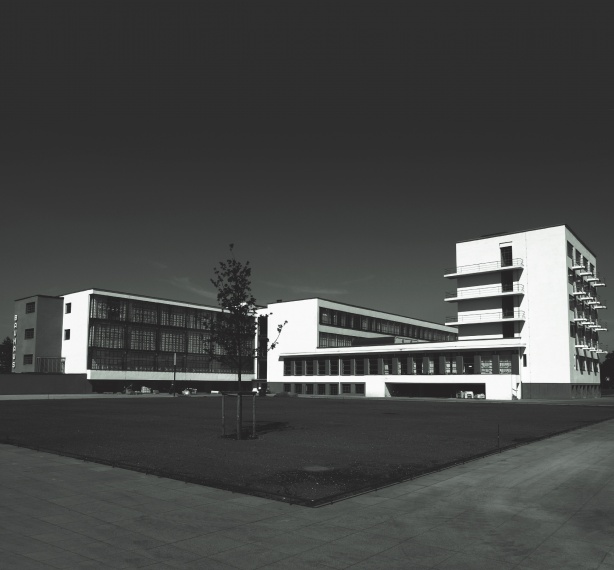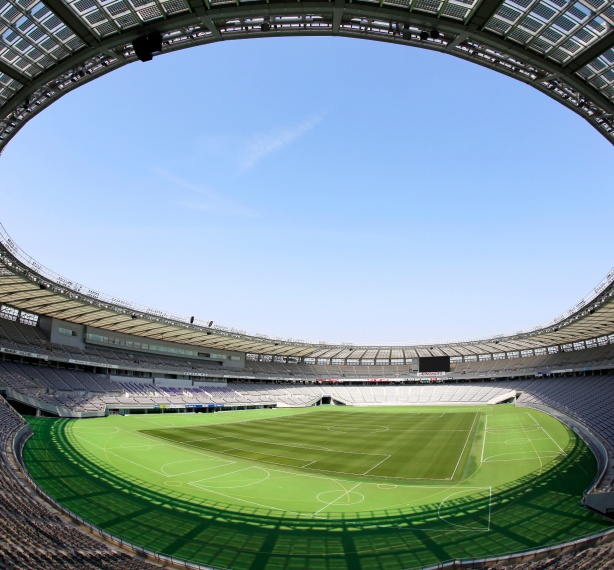Character building
In a stage production, something as simple as the silhouette of a character’s costume can communicate to the audience in a way that words simply cannot. HKDI’s Higher Diploma in Costume Design for Performance programme leader Mr CY Cheung and Ms Mandy Tam explain the secrets of the trade to SIGNED
The moment an actor walks onto the stage or appears on screen the audience is able to pick up on nonverbal cues as to who that character is, where they are from and what kind of person they are. Costume design is fundamental to this aspect of performance. Right down to the underwear.
Mandy Tam of HKDI’s Department of Fashion and Image Design explains that “Throughout history, western clothes have used crinoline and undercoats to exaggerate the shape of the female body.” On the other hand, “Chinese forms of dress, traditionally, have undergarments and other structural elements that seek to hide the shape of the body.”
Therefore, the silhouette of a figure walking on stage can immediately signify the cultural background of the character.
A costume designer needs to be acutely aware of the history of clothing; changes in fashion throughout the ages and types of materials used in different eras. However, costumes for stage and screen are not exact replicas of historical pieces. Firstly, many materials used in traditional costumes are now too expensive or too rare to be easily acquired, or they may simply be unsuitable for use in performances; heavy inflexible materials will weigh down an actor as they strut and fret their hour upon the stage, while subjected to the heat of theatre lighting. This means that designers must have a good knowledge of modern materials that can mimic the properties of those that would have been used in the original garments.
CY Cheung also explains that further adaptations are sometimes made to traditional costumes to “suit the modern audience’s expectations.”
Mandy worked as a member of the custume design team on the acclaimed drama Nothing Gold Can Stay, which won particular praise for its visual design. But, she explains, “To succeed as a costumier in Hong Kong, requires adaptability. Being able to specialise is rare as the industry here is relatively small. So you must be prepared to work on film, stage and television. Most importantly you must enjoy the work.”
Students of the Higher Diploma in Costume Design for Performance at HKDI are given ample opportunity to experience work first hand. CY Cheung arranges work experience at Ocean Park and Disneyland, while Mandy Tam makes use of her contacts in the theatre world to connect students to work opportunities. Student jobs are posted online and by taking them on, students can earn extra credit. It’s an essential supplement to the teaching that takes place in the classroom during the two-year programme. In order to accurately depict clothing of different eras, students must learn the history of costume, but they also need to know what everyday wear was like in the period being depicted - from history of undergarments to the use of colour and accessories. It’s also essential to know about the differences between working on TV, opera or stage plays and the intricacies of prop-making and scenery design.
Knowing all of this gives costume designers an understanding of what a simple silhouette can tell about a character. As CY Cheung puts it, “This helps the actor to really become their character, and it tells the audience straight away who that character is.”


Others

最新動態 | 1 May 2018
The school of design that shaped the world we live in

最新動態 | 1 May 2018
Virtually yours

最新動態 | 1 May 2018
Open Spaces Open Hearts

最新動態 | 1 May 2018
Homo Ex Data The natural o the artificial

最新動態 | 1 May 2018
Me2B

最新動態 | 1 May 2018
Being Human

最新動態 | 1 May 2018
Feeling AI

最新動態 | 1 May 2018
Tokyo 20/20
